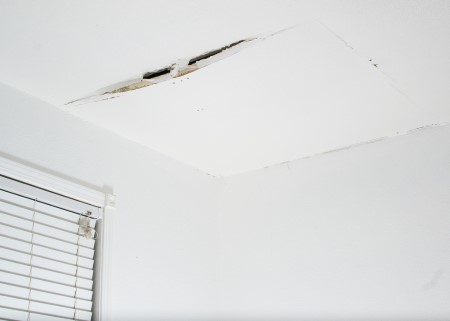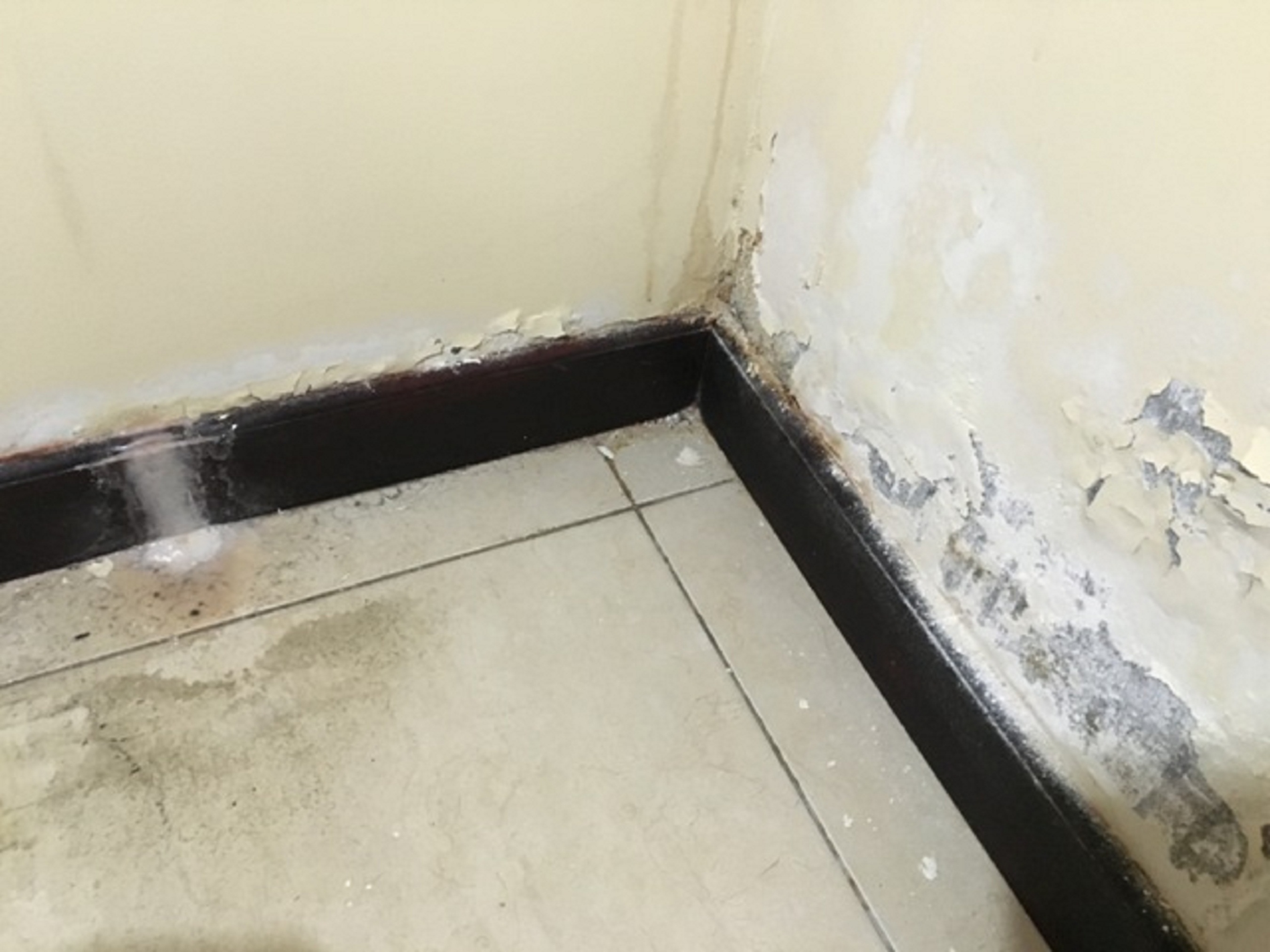6 Water Damage Repair Do's and also Don'ts.
Click HereThe writer is making a few great points about Preventing Fires and Water Damage In Your Home overall in the article which follows.

Water gives life, water breach on parts where it's not supposed to be can result in damages. If the water saturates right into your structure, it can peel away surface areas as well as erode the structure. Mold and mildew as well as mold likewise thrive in a wet atmosphere, which can be hazardous for your wellness. Homes with water damages smell stuffy as well as old.
Water can come from several sources such as tropical storms, floods, ruptured pipelines, leaks, as well as sewer problems. In case you experience water damages, it would be good to understand some safety and security precautions. Right here are a couple of guidelines on exactly how to manage water damage.
Do Prioritize House Insurance Policy Coverage
Water damage from flood because of hefty winds is seasonal. You can also experience an unexpected flooding when a damaged pipeline suddenly bursts into your house. It would certainly be best to have residence insurance policy that covers both acts of God such as natural tragedies, and emergencies like broken plumbing.
Don't Forget to Shut Off Utilities
In the event of a catastrophe, specifically if you stay in a flood-prone location, it would certainly be suggested to turn off the main electrical circuit. This cuts off power to your whole home, avoiding electrical shocks when water comes in as it is a conductor. Additionally, don't neglect to shut off the primary water line shutoff. When floodwaters are high, furniture will walk around and also create damages. Having the main shutoff shut down stops additional damage.
Do Keep Proactive and also Heed Weather Condition Notifies
Storm floodings can be extremely unpredictable. If there is a background of flooding in your community, stay proactive and also prepared. Listen to discharge warnings if you live near a creek, lake, or river . Obtain belongings from the very beginning and cellar, then placed them on the highest possible degree. Doing so decreases possible residential property damage.
Do Not Neglect the Roofing System
You can stay clear of rainfall damage if there are no holes and leaks in your roof. This will certainly protect against water from moving down your wall surfaces and also soaking your ceiling.
Do Focus On Little Leaks
A burst pipe doesn't occur over night. You may discover gurgling paint, peeling wallpaper, water touches, water spots, or dripping noises behind the walls. Have your plumbing fixed before it results in substantial damage.
Do Not Panic in Case of a Burst Pipeline
Keeping your clearheadedness is important in a time of situation. Stressing will only intensify the trouble since it will certainly stifle you from acting quickly. When it comes to water damage, timing is vital. The longer you wait, the even more damage you can anticipate. Hence, if a pipe bursts in your house, quickly turned off your major water shutoff to cut off the source. After that disconnect all electrical outlets in the area or switch off the breaker for that part of the house. Ultimately, call a trustworthy water damage reconstruction specialist for help.
Water provides life, water invasion on components where it's not intended to be can result in damages. Residences with water damages odor stuffy and also old.
Water damages from flooding fees to heavy winds is seasonal. You may notice bubbling paint, peeling off wallpaper, water touches, water discolorations, or trickling noises behind the walls. When it comes to water damage, timing is essential.
Some Do's & Don't When Dealing with a Water Damage
DO:
Make sure the water source has been eliminated. Contact a plumber if needed. Turn off circuit breakers supplying electricity to wet areas and unplug any electronics that are on wet carpet or surfaces Remove small furniture items Remove as much excess water as possible by mopping or blotting; Use WHITE towels to blot wet carpeting Wipe water from wooden furniture after removing anything on it Remove and prop up wet upholstery cushions for even drying (check for any bleeding) Pin up curtains or furniture skirts if needed Place aluminum foil, saucers or wood blocks between furniture legs and wet carpet Turn on air conditioning for maximum drying in winter and open windows in the summer Open any drawers and cabinets affected for complete drying but do not force them open Remove any valuable art objects or paintings to a safe, dry place Open any suitcases or luggage that may have been affected to dry, preferably in sunlight Hang any fur or leather goods to dry at room temperature Punch small holes in sagging ceilings to relieve trapped water (don't forget to place pans beneath!); however, if the ceiling is sagging extremely low, stay out of the room and we'll take care of it DO NOT:
Leave wet fabrics in place; dry them as soon as possible Leave books, magazines or any other colored items on wet carpets or floor Use your household vacuum to remove water Use TV's or other electronics/appliances while standing on wet carpets or floors; especially not on wet concrete floors Turn on ceiling fixtures if the ceiling is wet Turn your heat up, unless instructed otherwise

As a devoted reader about Simple Solutions To Preventing Fire And Water Damage To Your Home, I think sharing that excerpt was sensible. Do you know somebody who is in to the subject? Please feel free to promote it. Thank you for your time invested reading it.